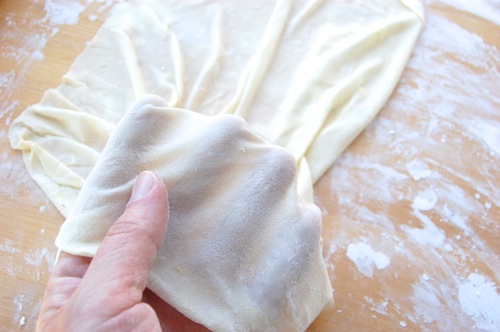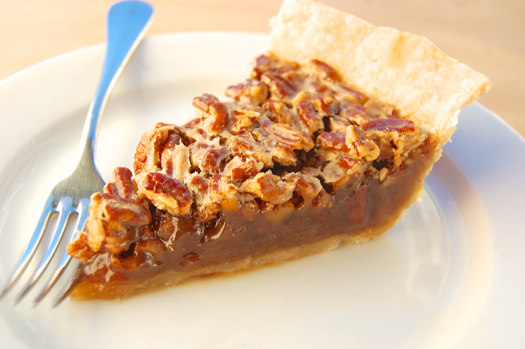Bialys in America

At the same time bialys were disappearing in the Old World they began to flourish in the New. Polish Jews from Bialystok first brought the little breads to American shores in about 1920. The first American bialys were made, unsurprisingly, in the crowded ghetto of New York City’s Lower East Side. It was there that the first bialystoker bakeries were founded, notably Kossar Bialystoker Kuchenon, which was started by Morris Kossar and Isadore Mirsky in 1936. Of the many bialy bakeries that thrived in Manhattan from the 30’s to the 60’s, Kossar’s was always the most famous, producing some 27,000 bialys a day. Though disgruntled union bakers burned the bakery down in 1958, it was quickly rebuilt on Grand Street where it remains.
READ ON
